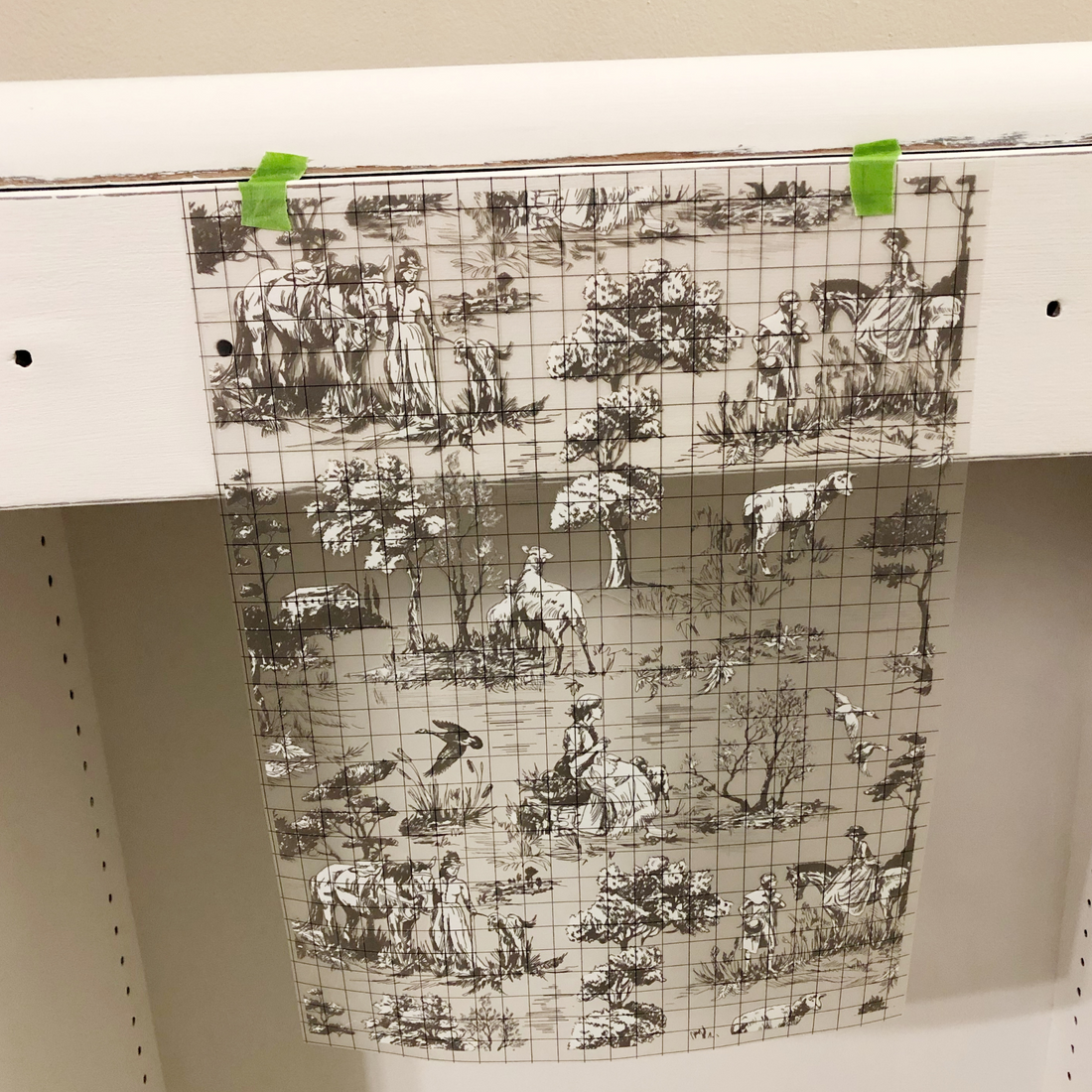I recently accepted a custom job from a lovely customer in Manhattan. I don’t accept many custom jobs these days, but the customer was so pleasant and easy going that I decided to take it on. She had three pieces: two small vintage nightstands and a vintage bookcase with a single drawer. Except for the tops, which were solid wood, all of the pieces had veneers. She was looking to update her furniture with an off-white “shabby chic” finish and some light distressing—a basic request. The customer was willing to deliver and pick up to-boot, so I figured why not? It had been a while since I had a chance to paint at all (being that I’ve been working on my new website non-stop), so it was a welcome break from my recent routine.

I find that when cleaning my about-to-be-painted furniture upcycles--way before picking up a brush-- is when you really get acquainted with the piece and project at hand. You turn it this way and that, closely examining all of it, finding any imperfections in the surfaces and overall construction. More often than not, this is when you might get some subtle warnings that your piece is likely to bleed; you will also find what needs to be repaired before you start to paint.
The two nightstands were in excellent shape; they didn’t require more than a quick cleaning. The bookcase drawer, however, had puckering veneer that I hadn’t noticed when it was first delivered. It wasn’t so bad that it required removal, but it was very noticeable. I called my customer to make sure she was aware of it and she was; after discussing, we agreed that I shouldn't attempt repair and that I would paint over it.

Well, do you know what happens when you go from dark wood to white? The smallest of imperfections become the most apparent. After applying two coats of Debi’s DIY Paint in Vintage Linen, I stood back and surveyed the situation; I always try to put myself in the shoes of the customer and imagine how I would feel if the piece was going to be on display in my home—and I wasn’t happy. if I’m not happy, chances are the customer wouldn’t be too pleased either.

Short of taking a hatchet to the drawer front, which would have been a whole different kind of project (not one I would have wanted to get involved with in the first place), I thought the best remedy might be to find a way to camouflage the puckering veneer.
I thought maybe using a furniture transfer would trick the eye away from the damaged veneer, so I searched through my stock of Iron Orchid Designs Transfers. I knew an overall repeating pattern would work best. I had just received the new IOD Transfer “English Toile,” the week prior. It was both simple and elegant and I suspected it would be in line with my customer’s taste. Sure enough, she liked the idea and gave me her blessing to go for it!
First, I sealed the drawer with one coat of General Finishes High Performance water-based sealer in Flat. IOD transfers are a little easier to apply to a non-porous surface. They can be applied directly to chalk painted surfaces (as long as the surface is completely dust free), but it’s a little easier if you seal first.

I cut the first sheet of the English Toile IOD Transfer, lined it up in the center of the drawer, and applied it. If you are not familiar with Iron Orchid Designs Transfers, they are rub-on transfers with a low-tack adhesive, mounted on a plastic backing; when gentle pressure is applied using the burnishing tool in the package, the transfer releases from its plastic backing and adheres to the project surface.

I then found the pattern repeat for either side and applied those portions of transfer the same way. Frankly, I don’t think I had to do it this way, as I was able to find the repeat pretty easily and there was no true center for the pattern—it really came out seamless! I applied two more coats of sealer over the transfer and it was done!

My customer couldn’t have been happier with the outcome! She had already accepted that she would have to live with the damaged drawer front—can you imagine how pleased she was when I presented her with such a simple fix?

Moral of the story? Don’t be afraid to use IOD transfers -- not only as a beautiful embellishment for your furniture upcycles, but as a creative way to hide the multitude of sins so commonly found in vintage and used furniture.

